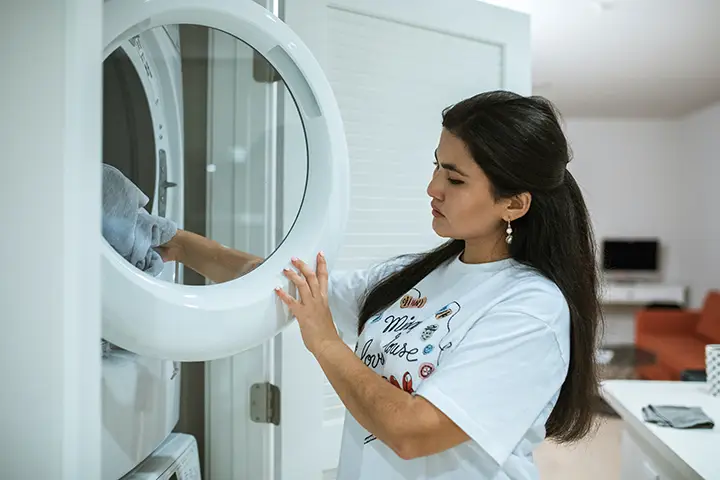Today, washing machines are getting smarter and more efficient with the help of smart sensors. Smart sensors are devices that use various kinds of sensing technology to gather data about the environment and then use it to make decisions or perform tasks. In this blog, we’re going to explore how smart sensors work in washing machines and how they can help improve your laundry experience.
Smart sensors in washing machines measure things such as water temperature, wash cycle time, load size, and fabric type. Based on the information gathered by these sensors, the washer can then adjust its settings accordingly for optimal performance. For example, if it senses that a larger load is being washed it will adjust its spin speed and water levels accordingly so that the clothes come out clean without being over-saturated or damaged. It can also detect when a certain type of fabric needs special care and adjust its settings accordingly for a better cleaning result.
Another benefit of using smart sensors in washing machines is their ability to save energy by optimizing their performance based on current conditions like water temperature or fabric type. This means you don’t have to worry about wasting electricity or running up your utility bills as your washer adapts to provide you with an efficient wash cycle each time you use it.
Finally, many modern washing machines are now equipped with built-in Wi-Fi connections so they can be monitored remotely via smartphone apps or other connected devices like Amazon’s Alexa voice assistant. This allows users to monitor their washers while away from home and even start or stop cycles remotely if necessary - all thanks to the power of smart sensor technology!
In short, smart sensor technology is making modern washing machines more efficient than ever before - allowing them to save energy while providing users with cleaner laundry results every time they do a load!
